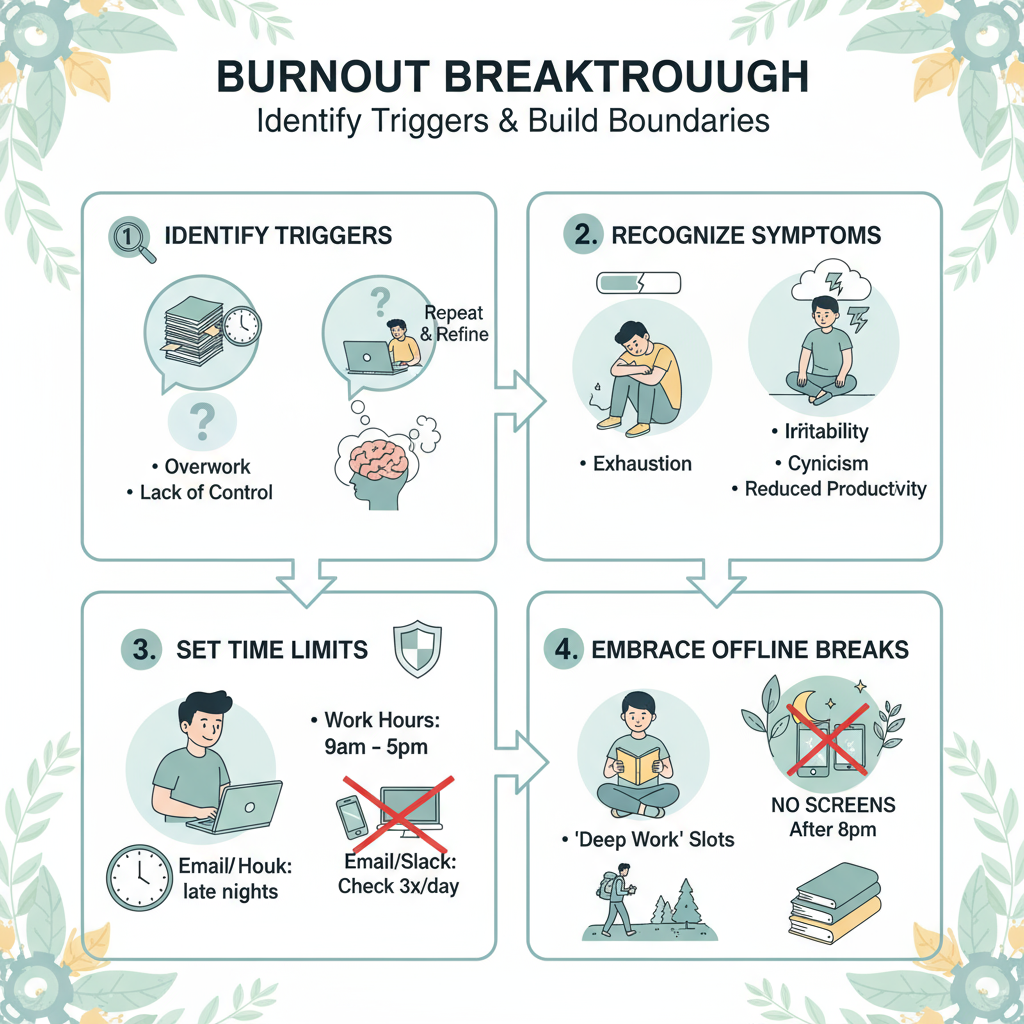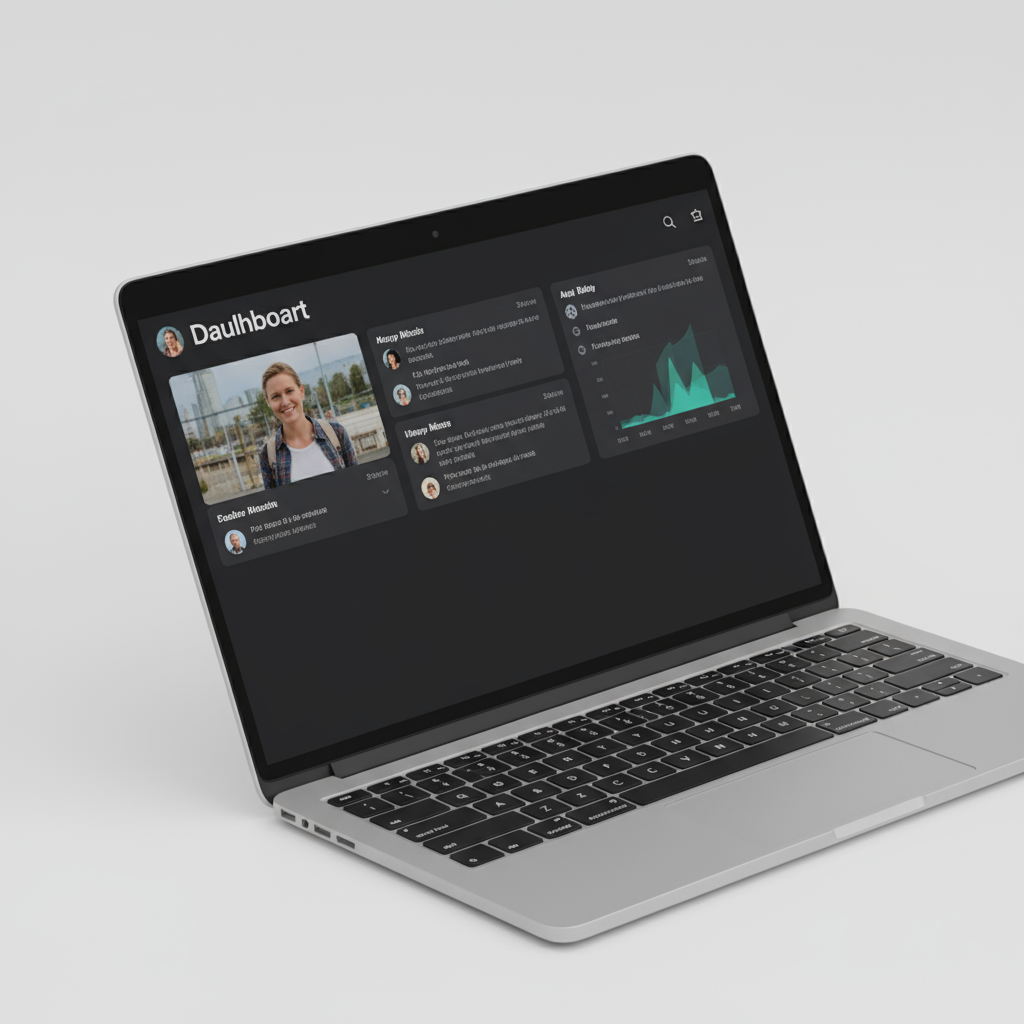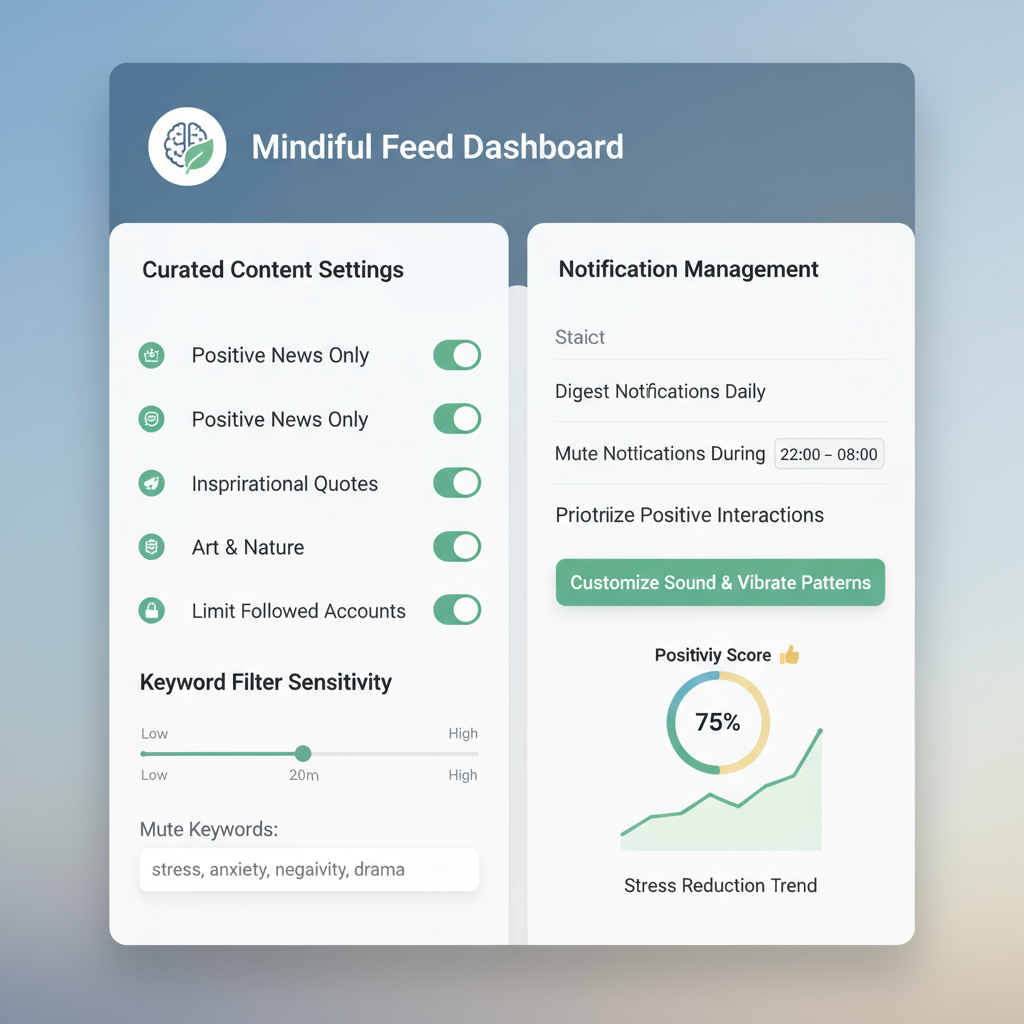Prevent and Recover from Social Media Burnout
Learn to spot signs of social media burnout, identify triggers, set healthy boundaries, and curate feeds for a more positive online experience.

Understanding Social Media Burnout
Social media burnout is a state of mental, emotional, and sometimes physical exhaustion caused by excessive use of social networking platforms. This condition can disrupt productivity, damage emotional health, and diminish the enjoyment of online interactions. The risk is highest among influencers, marketers, and content creators whose careers rely on sustained engagement, but everyday users can also be affected when social platforms become more stressful than social.
In this guide, we’ll explore key signs of social media burnout, its common triggers, and actionable strategies to restore healthy digital habits—helping you protect your mental well-being while maintaining a positive online presence.

---
Common Signs of Social Media Burnout
Recognizing early signs of burnout allows you to intervene before the problem escalates. Typical indicators include:
- Persistent fatigue after social media sessions
- Declining interest or enjoyment in online interactions
- Anxiety or irritability when not checking accounts
- Creative block or difficulty generating new content ideas
- Waning engagement with friends and family offline
- Trouble focusing during work or leisure activities
Frequent symptoms may signal it’s time to reassess your social media habits.
---
Identifying Personal and Professional Triggers
Burnout is often fueled by both internal and external factors.
Professionally, the demand to meet tight deadlines, cater to client expectations, and adapt to unpredictable algorithm changes can be crushing. Personally, comparison with others, an endless stream of news, and fear of missing out (FOMO) can add pressure.

Steps to Identify Triggers
- Track usage patterns – Use analytics or built-in device tools to monitor time spent online.
- Note emotional changes – Keep a journal of feelings before and after engaging with social media.
- Assess obligations – Separate high-priority social activities from optional ones.
- Spot recurring stressors – Identify accounts, topics, or interactions that consistently leave you drained.
---
Setting Healthy Boundaries
Healthy boundaries prevent platforms from overtaking your life and help you regain control.
Practical Boundary Examples
- Time limits: Set strict daily usage caps
- Designated offline hours: Implement tech-free zones during meals, at bedtime, or on weekends
- Platform prioritization: Concentrate on 1–2 key channels rather than managing multiple at once
By enforcing these limits, you create a buffer for mental and emotional stability.
---
Managing Notifications and Curating Feeds for Positivity
Constant alerts can breed stress and urgency. Reducing unnecessary notifications breaks the cycle of compulsive checking.
Notification Management
- Turn off push notifications for non-critical updates
- Check social media in set batches rather than throughout the day
- Adjust app settings to limit intrusive alerts
Feed Curation
Algorithms can magnify negativity—choose your content deliberately by:
- Following accounts that inspire and motivate rather than trigger comparison
- Muting or unfollowing toxic profiles
- Participating in positive online communities and hashtag campaigns
---
Implementing a Content Creation Schedule
Planning content ahead prevents last-minute stress and encourages consistency in posting.
Sample Weekly Social Media Schedule
| Day | Activity | Platform |
|---|---|---|
| Monday | Brainstorm and outline content | Instagram, LinkedIn |
| Wednesday | Create visuals and craft captions | Instagram, Facebook |
| Friday | Schedule weekend posts | Twitter/X, TikTok |
| Sunday | Review analytics and refine strategy | All |
Scheduling tools like Buffer, Later, or Hootsuite automate postings, freeing mental space for creativity and personal interaction.
---
Practicing Regular Digital Detox Strategies
A digital detox involves intentional disconnection from devices to restore focus and mental clarity.
Effective Detox Approaches
- Mini detoxes: Switch off for an afternoon or evening
- Weekend detoxes: Spend an entire weekend offline
- Full vacations: Travel without engaging on social media
Pair these breaks with fulfilling offline activities like reading, hiking, or hobbies to maximize benefits.
---
Exploring Mindfulness and Stress Management Techniques
Mindfulness practices counteract the mental fatigue linked to excessive screen time.

Methods to Try
- Meditation: Dedicate 5–10 minutes daily to quiet reflection
- Breathing exercises: Use quick sessions before social media to stabilize emotions
- Journaling: Write down feelings and experiences to spot unhealthy patterns
- Physical activity: Exercise boosts endorphins and combats stress
Integrating these techniques keeps you grounded and helps you approach online engagement with balance.
---
Leveraging Automation Tools While Maintaining Authenticity
Automation reduces repetitive tasks but should be balanced with personal interaction.
Best Practices
- Automate posting, but respond personally to comments and messages
- Include at least one spontaneous post weekly to maintain a human touch
- Review automated content to ensure relevance and sensitivity to current events
---
Recognizing When to Seek Professional Mental Health Support
If burnout symptoms disrupt sleep, relationships, or work performance, professional help is vital.
When to Seek Help
- Persistent sadness or anxiety
- Inability to fulfill daily responsibilities
- Continued social media use despite harm
- Low self-esteem tied to digital interactions
A therapist or counselor can offer tailored strategies to restore emotional health and address root causes.
---
Creating a Long-Term Sustainable Social Media Usage Plan
A strategic approach ensures social media remains a tool, not a burden.
Components of a Long-Term Plan
- Define clear objectives – Determine your purpose for each platform
- Schedule regular reviews – Update your approach every few months
- Balance online/offline life – Distribute time equitably between digital and real-world activities
- Build a supportive network – Connect with peers for accountability and encouragement
---
Summary and Next Steps
Social media burnout can creep up silently, but you can stay ahead by spotting early warning signs, setting boundaries, and curating a positive digital environment. Balance automation with authentic interaction, practice mindfulness, and plan regular detox periods to restore mental clarity.
Start implementing one or two strategies today to move toward a healthier relationship with social media. Your future self—less stressed, more focused, and joyful—will thank you.




